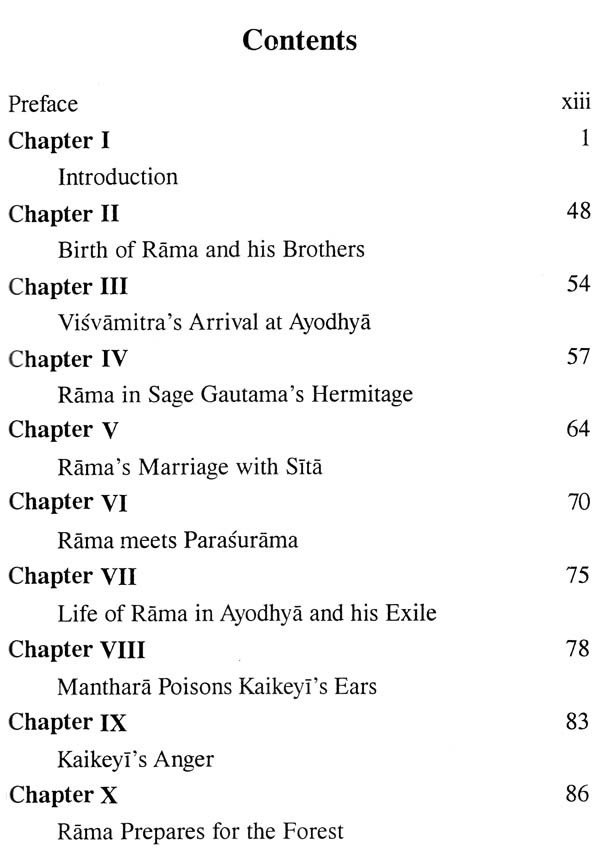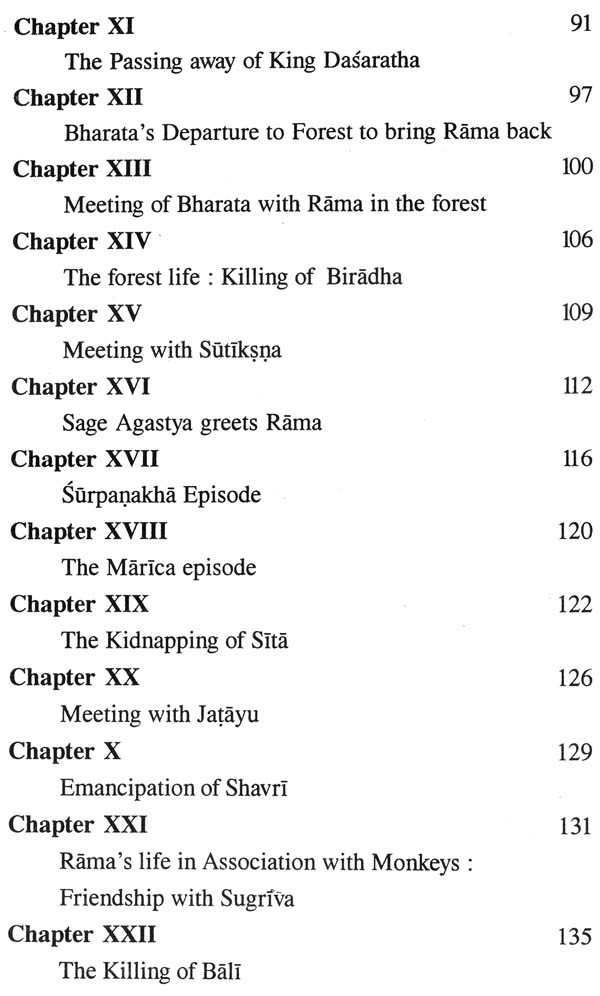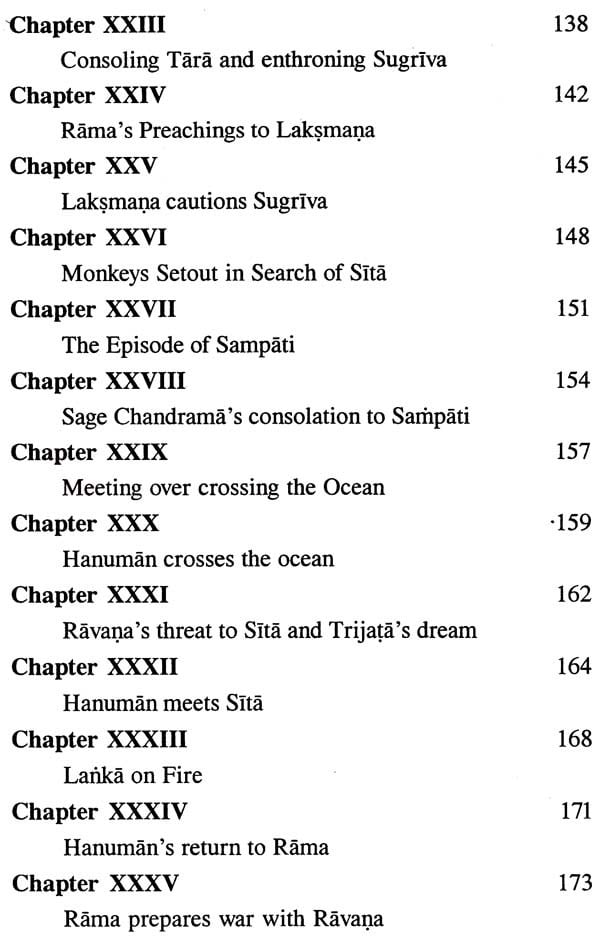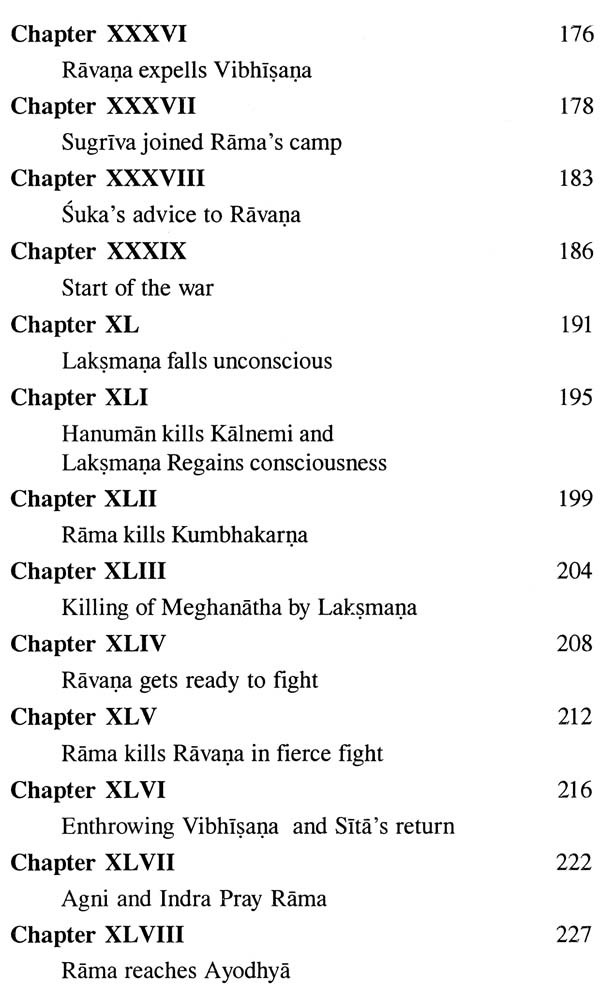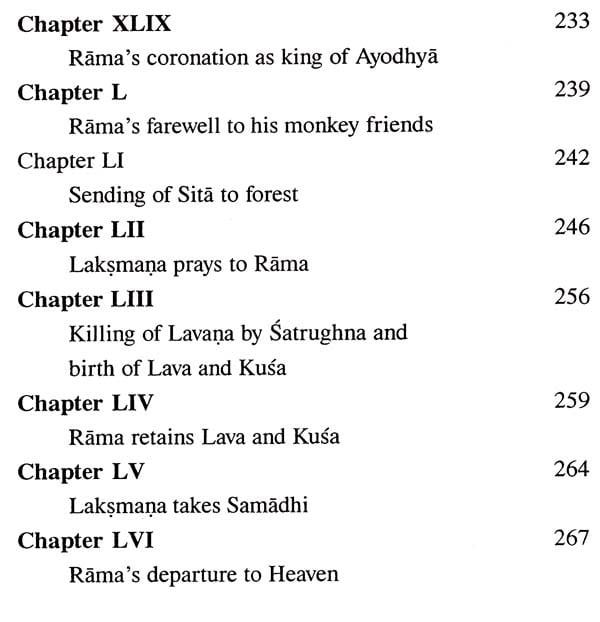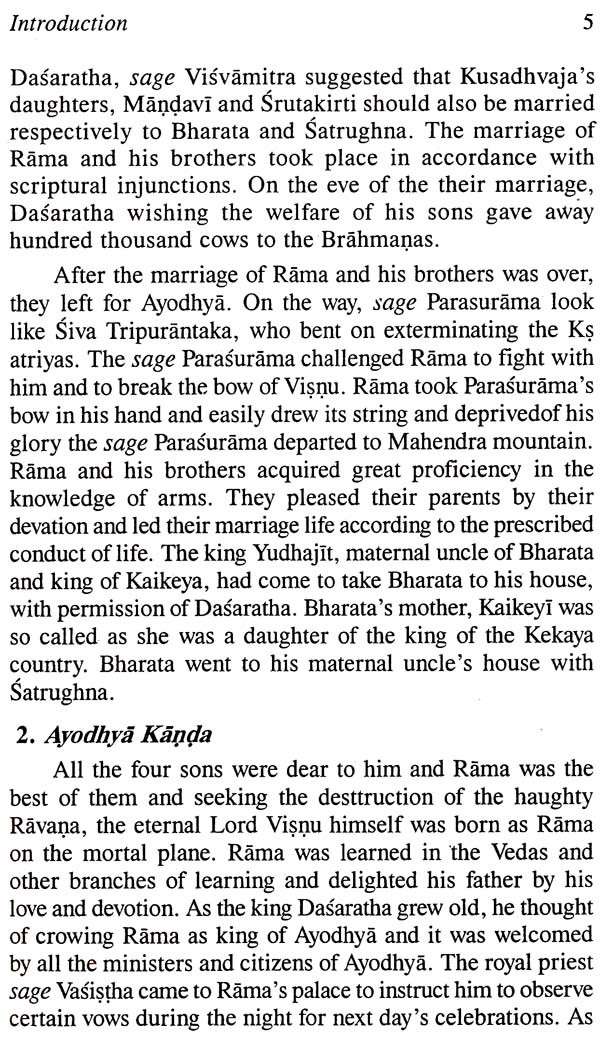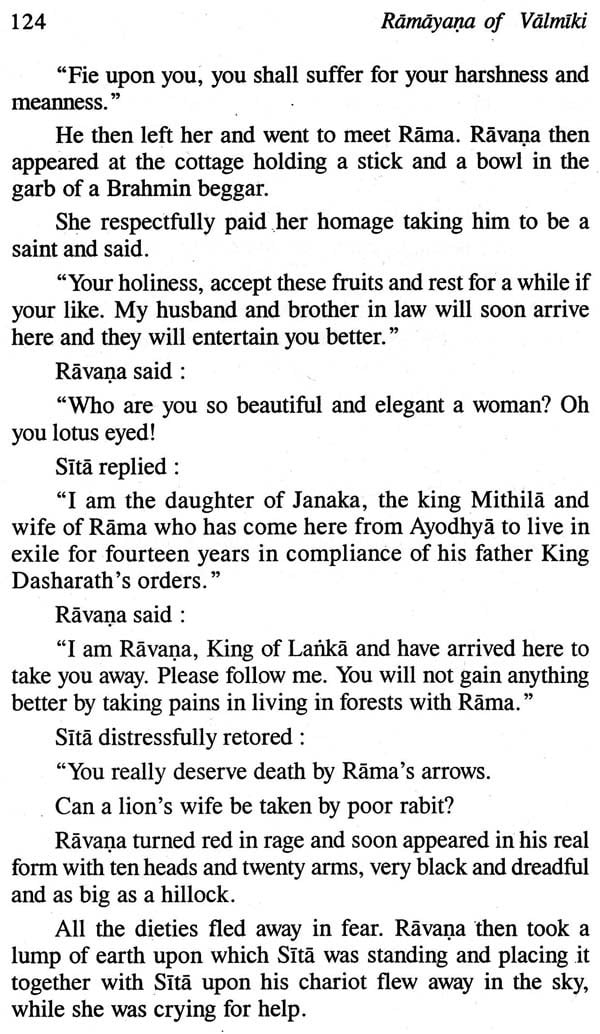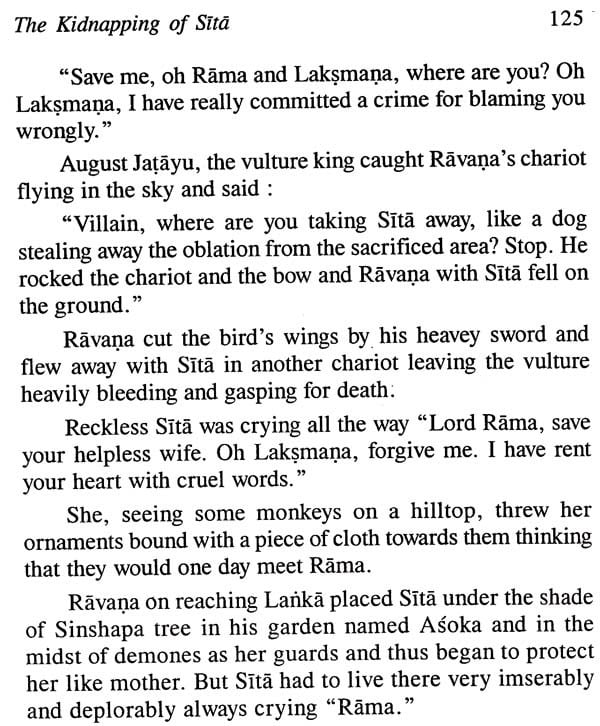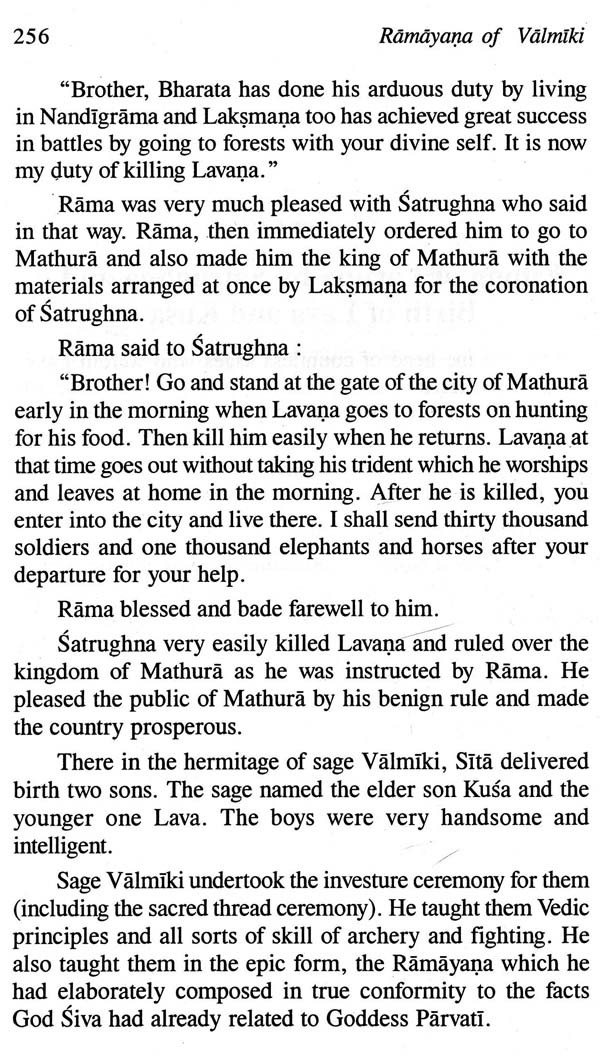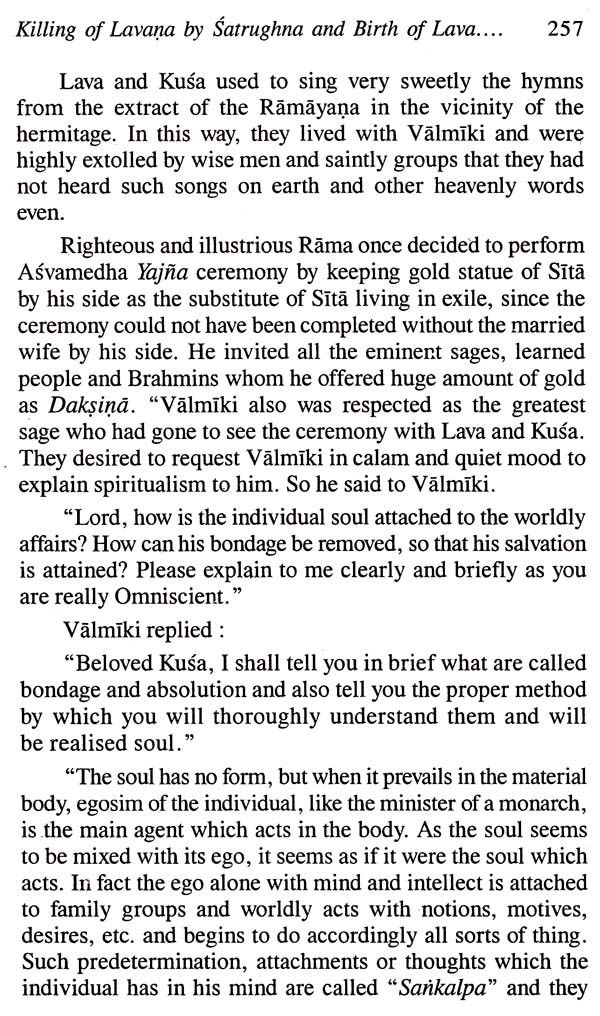
Ramayana of Valmiki
Book Specification
| Item Code: | AZE677 |
| Author: | N.C. Panda |
| Publisher: | BHARATIYA KALA PRAKASHAN |
| Language: | ENGLISH |
| Edition: | 2014 |
| ISBN: | 9788180903069 |
| Pages: | 282 |
| Cover: | HARDCOVER |
| Other Details | 9.00x6.00 |
| Weight | 510 gm |
Book Description
After Graduation (B.A. Sanskrit Hons.) from Utkal University, Bhubaneswar & Post graduation & M.Phil.,(Indian Philosophy) degrees from Kurukshetra University, he obtained Ph.D. Degree in Vedic Studies from Panjab University, Chandigarh.
Presently, Dr Panda is the Associate Editor of Vishveshvaranand Indological Research Journal of Panjab University. As an ardent scholar and a successful researcher of Indology, he has contributed a number of learned Research papers (63 Papers Published with ISSN Nos), & has written & edited some valuable books with ISBN Nos. viz.: 1. Perspectives of Indian Thought; 2.Upadesasahasri (Revised & Ed.); 3. Buddhism (Compiled & Ed.); 4. Kalatattva kosha, Vols. V & VI (Ed.); 5. Saundaryalahari (Critically Edited); 6. Samkhya-karika (Ed.); 7. Mahavamsa (Ed.); 8. Aspects of Vedanta (Ed.); 9. Essays on the Gita (Ed.); 10. Life of Buddha (Compiled & Ed.); 11. Gods & Goddesses in Indian Art & Literature; 12. Architecture of Manasara (Text & Eng. Trans. Ed.); 13. Yajur-Veda (Ed. with Comm.& Eng. Tr.); 14. Vaastu Shastra; 15. Indian Temple Architecture (Ed.); 16. Moral Ethics in Buddhism; 17. Orissan Temple Architecture; 18. Karma & Rebirth in Buddhism;19. Meditation & Nirvana in Buddhism; 20. Durga Saptasati (Seven Comm., with Eng. Tr.); 21.Thirteen Principal Upanishads; 22. Pauranic Itihas Vimarsha(Ed).
The Ramayana is highly popular epic which has become the property of the Indian people and it is not an exaggeration if it is said that it has influenced more than any other poem the thought and poetry of a nation for thousands of years. People in different walks of life are all quite familiar with the characters and stories of the great epic. In the eyes of Indians Rama is the ideal prince, the embodiment of all conceivable virtue and Sita the ideal of conjugal love and fidelity, the highest virtue of women. Popular sayings and proverbs bear unmistakable testimony to the acquaintance of the Indian people with the stories of the epic. Preachers belonging to different sects draw upon the story of the epic at the time of the religious discourses meant for the mass.
The teachings of Rāmāyaṇa are practical and, therefore, easily comprehended. In the Rāmāyaṇa, we find cut and dried solutions for the abstract mysteries of life. The reader finds for himself how ideal brothers (Bharata and Lakṣmaṇa), an ideal husband (Rama) and the ideal wife (Sita), an ideal devotee worker (Hanuman), an ideal son (Rama) and even an ideal king (Rama) should behave in life.
1. Båla Kända The story of Rāmāyaṇa completed by Valmiki in the form of peom and sung by two ascetic boys, Lava and Kuśa, who were actually the sons of Rama, though they did not know of it at that time as the irony of fate. These two ascetic boys sang it in the assemblies of men and sages and also in the presence of Rama, when these two boys accompained Valmiki to Rama's Asvamedha sacrifice.
**Contents and Sample Pages**

